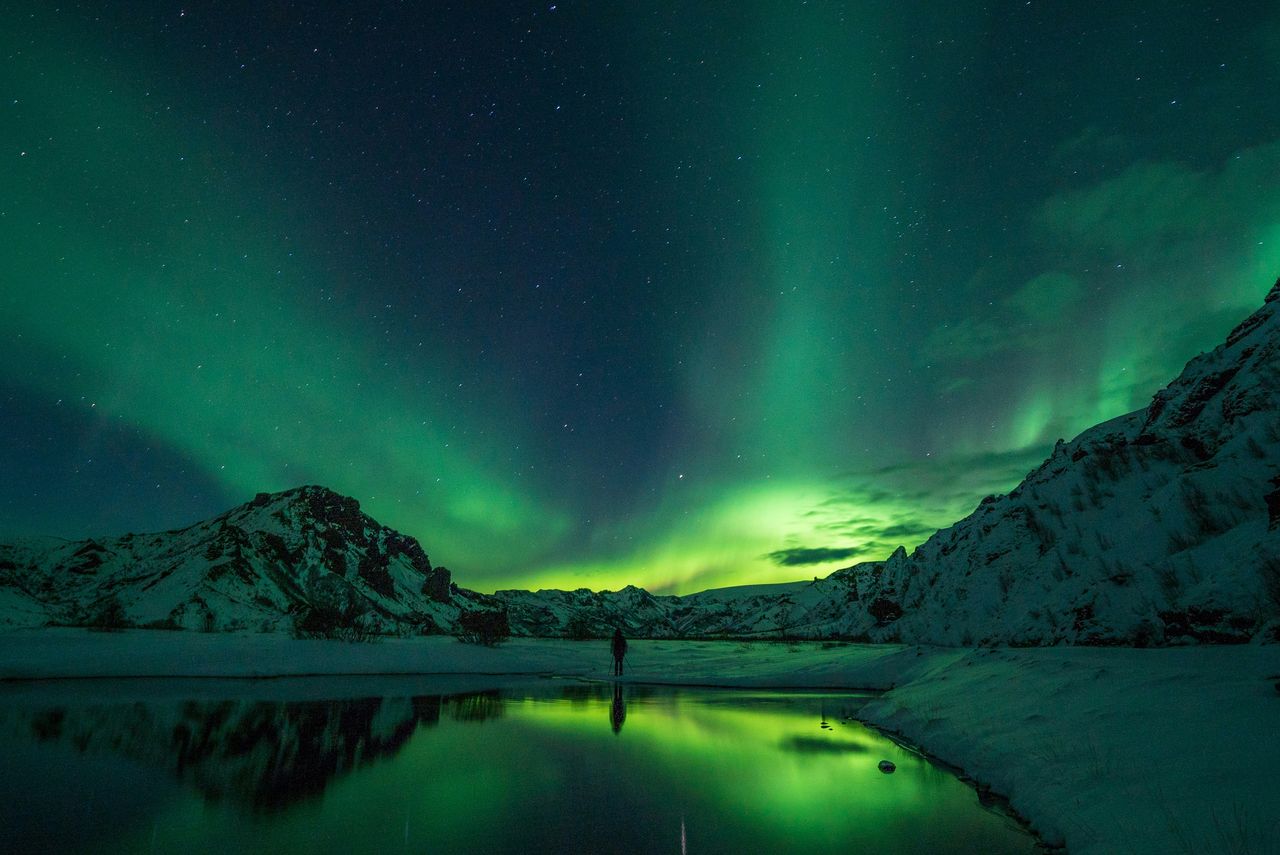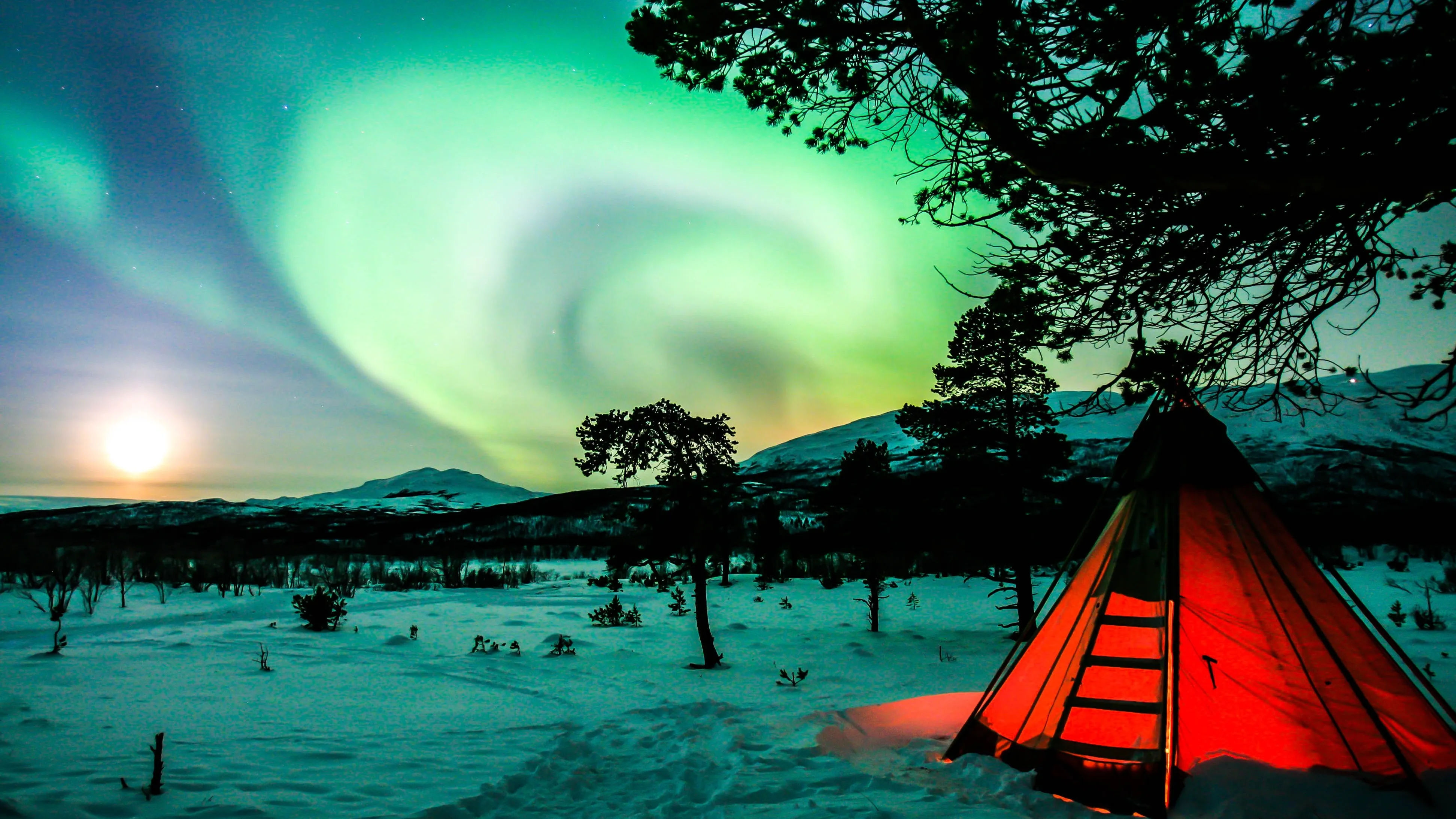The Northern Lights | Image:Unsplash
- Listen to this article
- 2 min read
The Northern Lights, also known as the Aurora Borealis, are a natural light display that graces the polar regions with stunning hues of green, pink, purple, and blue. It is caused by the interaction between charged particles from the sun and the Earth’s magnetic field. The best time to witness the Northern Lights is during the winter months, starting from late September to early April. However, now, latest evidence which has come forth claims that the month of March is the best time to witness this phenomenon. Let’s understand this better.

Why is March the best month to witness the Northern Lights?
A 75-year study from retired NASA solar physicist David Hathaway shows that March has more geomagnetically active days than any other month of the year. October is a close second, reports Spaceweather.com.
On an average, our planet earth sees six days of high geomagnetic activity in March. Spaceweather.com reports that geomagnetic disturbances are almost twice as likely in spring and fall as compared to winter and summer owing to the Russell-McPherron effect.

For the unversed,this was an explanation proposed in 1973 by geophysicists Christopher Russell and Robert McPherron. The two determined that the cause lies in how the sun’s and Earth’s respective magnetic fields meet each other. A tilt in Earth’s magnetic field implies that it is mostly misaligned with the sun’s. This is why the incoming solar wind is deflected away from the planet. However, during the equinoxes, when day and night are almost the same length, the orientation of Earth’s poles becomes perpendicular to that of the sun. It allows more solar wind to get through, contributing to stronger geomagnetic activity and better auroras.
During normal times, there are multiple reasons that affect the visibility of The Northern Lights.
- Solar activity – The intensity of the Northern Lights is influenced by solar activity. Solar flares and sunspots increase the likelihood of a clear display. Check solar activity forecasts for optimal planning.
- Dark skies – Dark, clear skies away from city lights provide the best conditions for viewing the Northern Lights. Remote locations and sparsely populated areas offer optimal visibility.

Shambhu Kumar is a science communicator, making complex scientific topics accessible to all. His articles explore breakthroughs in various scientific disciplines, from space exploration to cutting-edge research.


